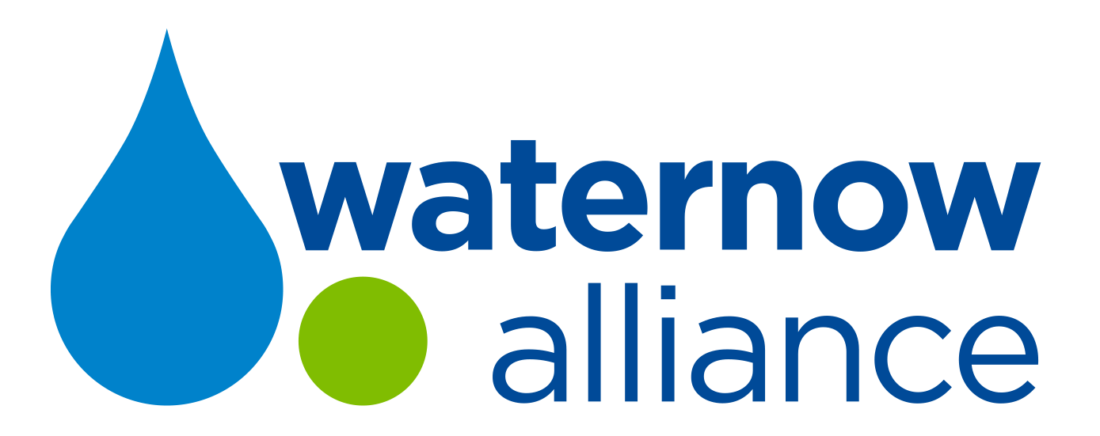Water security is not a new issue, but the reliability of our water quality and supply is more critical than ever in this era of climate change. Water security essentially means there is enough clean, healthy water for everyone, and that the water supply is sustainable.
“Innovation in Action: 21st Century Water Infrastructure Solutions,” is a new WaterNow Alliance paper outlining innovative pathways to a sustainable water future. It reviews state-of-the-art advancements in local water management, and examines forward-thinking strategies that are addressing drinking water, wastewater, and stormwater issues in cities and counties across the country and making them more resilient.
Our paper examines 13 programs in 12 cities and 9 states and finds noteworthy gains in each test case from investments in smart, efficient distributed water infrastructure. Our analysis shows that a new set of strategies – onsite, localized and distributed across communities – to be viable, sustainable, affordable and equitable solutions to water management challenges.
What do we mean by “distributed water infrastructure”?
Basically, this term covers the full range of installations, appliances and technologies located at or near the point of use and distributed across many properties throughout a community. They can, and generally do, coordinate with and enhance a utility’s conventional infrastructure systems. WaterNow has identified 5 categories of localized, decentralized infrastructure:
- Water Use Efficiency
- Stormwater and Flood Management
- Reuse and Other Alternative Non-Potable Water Sources
- Source Watershed Protection
- Replacement of Private Service Lines
Communities will only realize the full potential of the benefits that distributed solutions can provide if they can invest in and adopt these strategies widely across their businesses, neighborhoods, residences, streets, and parks. Therefore, the role of public water resource agencies – the cities, towns, counties, water districts and sanitary and stormwater agencies that steward our public resources and tax dollars – is instrumental in advancing these strategies and building our water future.
This paper outlines the different kinds of solutions available to local decision makers to integrate with, and when appropriate, substitute for more conventional approaches. We need to think differently, more expansively and creatively about our water infrastructure choices and find better ways to ensure water security for communities, especially for those most at risk from climate impacts.
WaterNow Alliance is dedicated to helping communities initiate sustainable solutions for local water challenges, and many of our partner organizations are developing tools, resources and innovative support mechanisms to address these challenges. Water resource utilities – particularly the public utilities serving the vast majority of the U.S. population – are on the front lines to ensure that their communities are safe, healthy, and resilient when it comes to drinking water, wastewater, and managing stormwater, and that these services are available and affordable for all.
This new paper gives decision-makers an outline of the visionary work already happening to this end at the local level, and points toward a path forward for public utilities across the country to adopt smart, efficient distributed water infrastructure. To do so is to secure a sustainable water future for us all.

